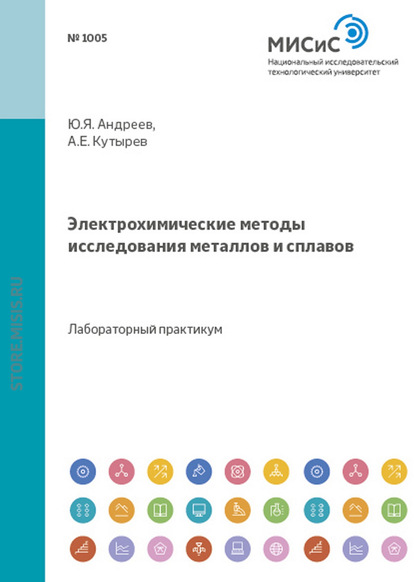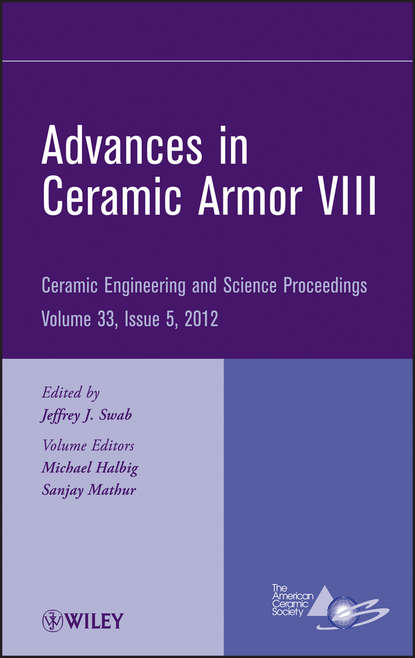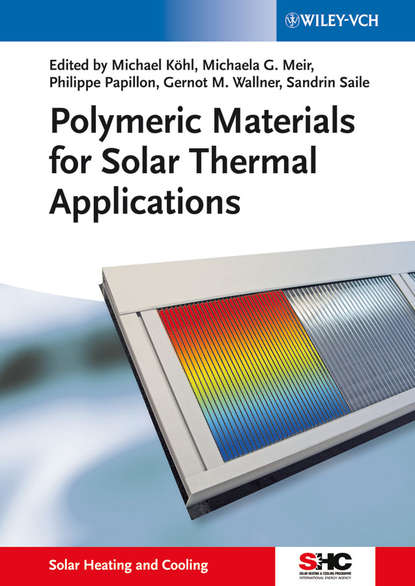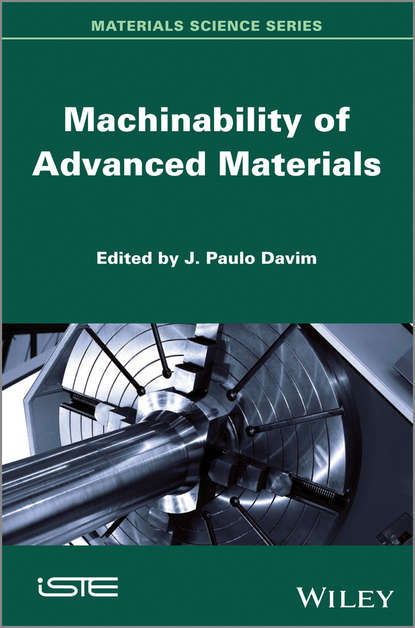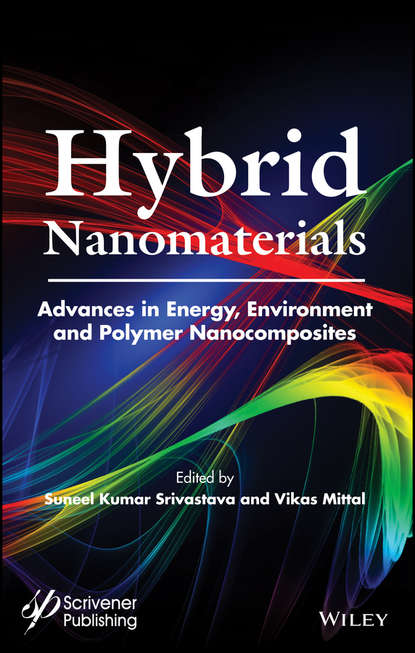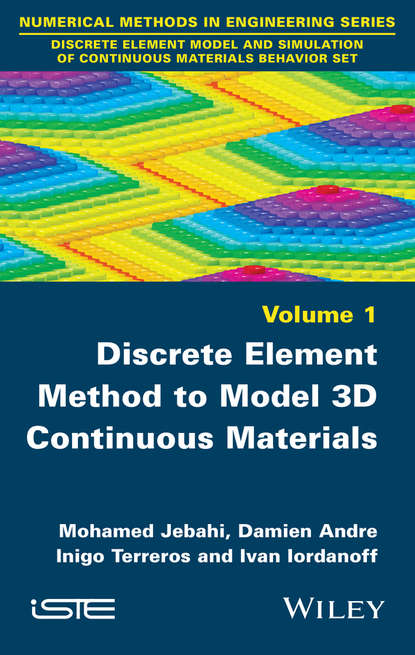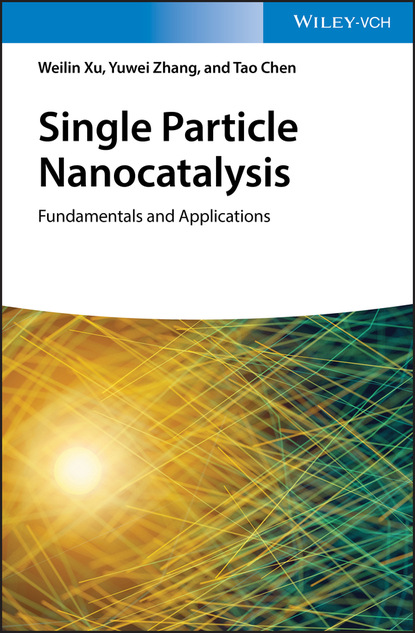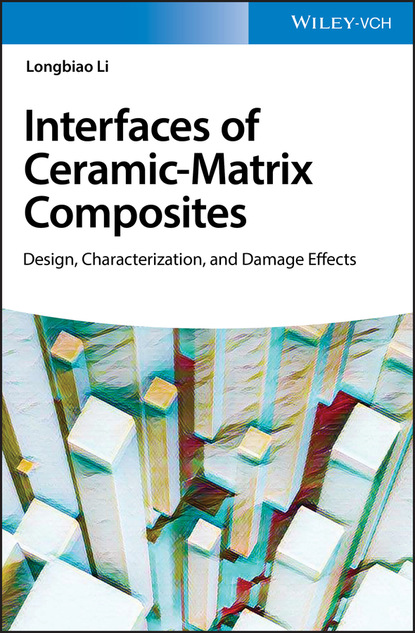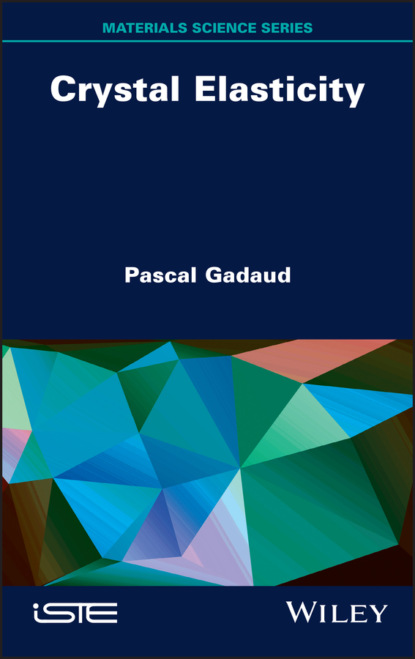Эта книга посвящена блендам, композитам и нанокомпозитам на основе соевого белка, а также их химии, обработке, приготовлению, характеризации, применению и реологии материалов на основе соевого белка. После обсуждения приготовления наночастиц соевого белка, рассматриваются методы характеризации таких наночастиц на наномасштабе, такие как атомно-силовой микроскоп (AFM), трансмиссионный электронный микроскоп (TEM) и сканирующий электронный микроскоп (SEM). Затем обсуждаются различные методы обработки нанокомпозитов и их механические, термические свойства, а также барьерные свойства. Книга также рассматривает различные типы блендов, композитов и нанокомпозитов с различными типами полимерных матриц, такими как термопласты, термореактивные полимеры, натуральные и синтетические каучуки.
This book is about soy protein based blends, compositemakes and nanocompositess, and the authors of the book are from diverse backgrounds in the areas of chemistry, process engineering, rheology and biology. They will cover in detail the chemistry, preparation methods, application of these materials. An exciting part of the book is the discussion about the use of nanomaterials in food systems, which has many important applications both in nutrition and health. This book will be useful for researchers interested in nanotechnology and food science.
Электронная Книга «Soy Protein-Based Blends, Composites and Nanocomposites» написана автором Группа авторов в году.
Минимальный возраст читателя: 0
Язык: Английский
ISBN: 9781119419037
Описание книги от Группа авторов
This book discusses soy protein nanoparticle-based polymer blends, composites and nanoconposites aling with their chemistry, processing, preparation, characterization, applications as well as the soy protein-based materials rheology. After discussing the preparation of soy protein nanoparticles, the characterization methods such as atomic force microscope (AFM), transmission electron microscope (TEM) and scanning electron microscope (SEM), for the nanoscale soy protein reinforcements are examined. The various processing methods for nanocomposites and their mechanical, thermal properties, barrier properties are then discussed. The book then moves on to discussing the different types of blends, composites and nanocomposites with their type of polymer matrixes such as thermoplastics, thermoset, natural rubbers and synthetic rubbers.



